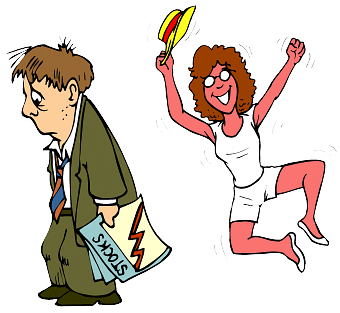
Want to communicate more effectively? Diane Southam shares some ideas
EFFECTIVE COMMUNICATION BUSTERS:
Using ‘closed’ questioning which only requires a ‘yes’ or ‘no’ answer
Monopolizing the conversation. Okay, maybe you do it because you’re uncomfortable with silences, but some people take longer to translate their thoughts and feelings into words
Feeling too embarrassed to ask someone to explain a new word, or clarify what it is they’re trying to communicate. Likewise, avoid using vocabulary you think your listener might struggle with
Displaying tense and unwelcoming body language. Your body talks too
Losing your concentration when someone’s speaking to you. Much of the time we ‘listen’ to others – especially children – but we don’t ‘hear’ them
Being unclear about whether you think, feel or know whatever it is you’re trying to communicate
Muttering, murmuring and avoiding eye contact
Prefacing everything you say with an apology. eg. ‘I know you’re very busy but…’ ‘We don’t want to trouble you but…’ ‘Sorry but…’
EFFECTIVE COMMUNICATION BOOSTERS:
Using ‘open’ questions to encourage the other person to talk. They usually begin with What, Which, How, Why, When, or Who…?
Reflecting back key words and phrases others are using to let them know you’re listening
Controlling the tone and volume of your voice through taking deep breaths and letting the tension drain away
Taking responsibility for your point of view by using clear ‘I’ rather than ‘You’ or ‘We’ statements or eg. ‘In my opinion…’ ‘My understanding is…’
Talking in a relaxed, positive, affirmative way, to project and inspire confidence
Seeking specific criticism from a person whose criticism is vague or general
Repeating what you think, feel or have just said calmly, again and again and again, if the other person is refusing to listen to you. eg. ‘You’ve sold me faulty goods. I would like my money back.’ It’s known as ‘the broken record technique’ and is far more effective than yelling
Making eye contact, eye contact, eye contact
Diane Southam
